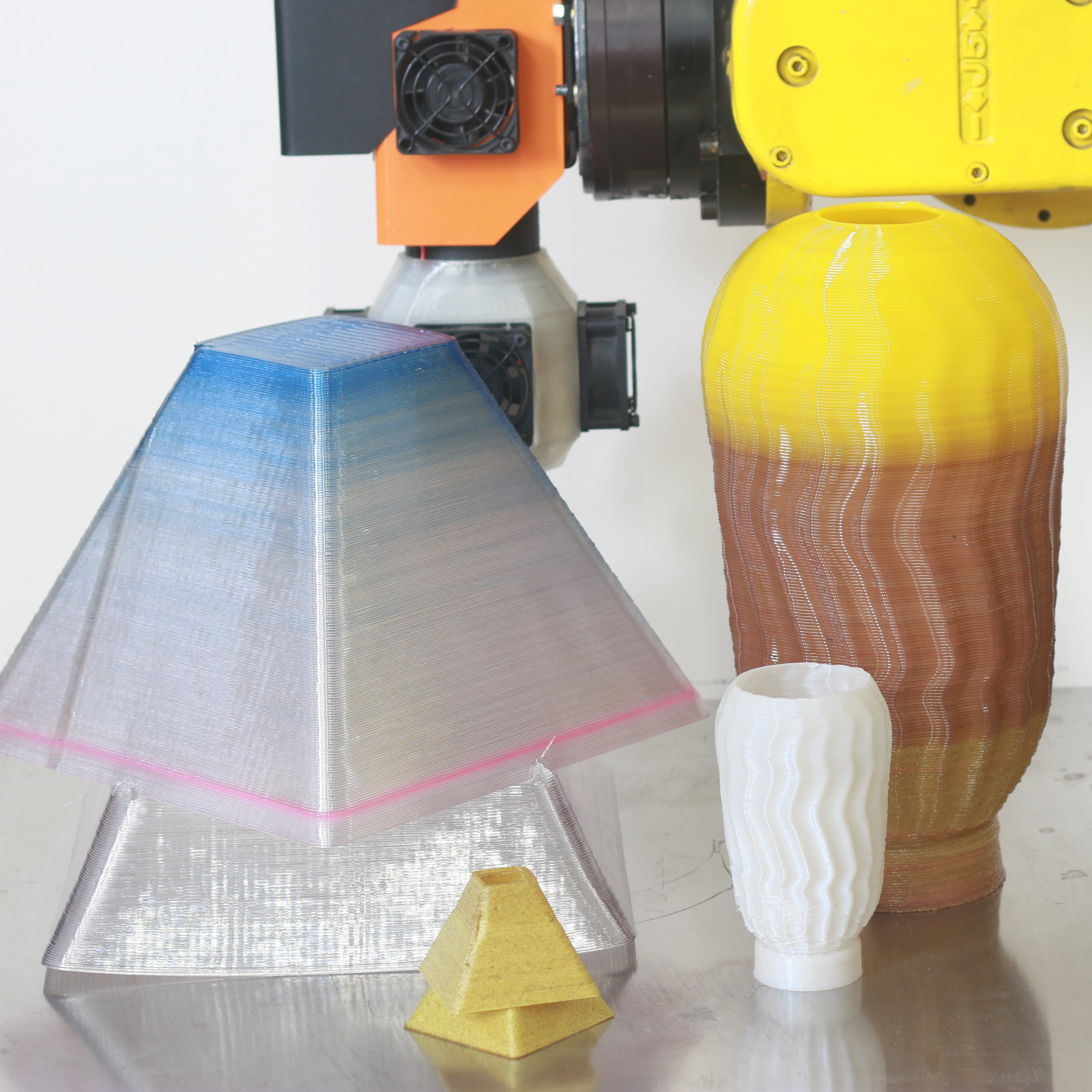We care about the materials we sell and the success of using our machines. This report was done with very extensive testing beyond what we typically do with the lab testing service we provide but a detailed processing report to give customers the best outcome, we hope that customers will take this and expand it. Work with faster settings, use additives, and get creative.
These test settings are based on studies our new Laboratory and Engineering Assistant Jack Simpson did. All settings were verified on a separate EX2 with identical results.
We also want customers to know that we will provide more test reports including the EX2.
NEW PRODUCT: PLA LX175 Processing Report
Material Extrusion Report
In House Testing.
Test Technician: Jack Simpson
Test Number: ET201014JS01, ET2001014JS02 (Spool 1 & Spool 2) & ET201015JS03 (Spool 1).
Plastic Name: LX175
Plastic Grade: PLA
Manufacturer: Independent Plastics
Supplier: Filabot.
Additives: Not Applicable.
Material Form: Round Pellets, hard, white, small.
Machine Used: EX2.
Extrusion Test Report
Material preparation: Drying.
Grinding: Not Applicable.
Drying: Yes, 175F/80C for 4 hours.
Extrusion Setup: Test Number: ET201014JS01
EX2
- Temp: 165C
- Speed: 90%
- Fan: Closed
- Standard Nozzle 1.75mm
Extrusion Setup: Test Number: ET201014JS02
EX2
- Temp: 167.5C
- Speed: 90%
- Fan: Closed
- Standard Melt Filter Nozzle 2.3mm
Extrusion Setup: Test Number: ET201015JS03
EX2
- Temp: 175C
- Speed: 90%
- Fan: Closed
- 2X Melt Filter Nozzle 1.75mm
*Airpath
- With Magnet Guides (5)
Spooler
- Drive Speed: Mid
- Traverse Speed: (4)
- Filameasur with SPC unit.
*Airpath was 1in away from the EX2 nozzle. The Airpath and Spooler were 18inches apart. For all tests.
Extrusion Results:
With the above settings 1pt75mm filament with a tolerance of +/- 0.05mm was generated. The first test with the Standard Nozzle and the second test with the Standard Melt Filter provided the best results for filament production.
Notes on EX2: Machine was more than capable of extruding the material once in the correct range. The material flowed without issue and was very easy to clean.
Notes on Cleanup: It is very important that the material has been completely purged from the EX2 before using a lower temperature polymer. Failure to do so will result in inconsistent filament.
Further Research: Next steps will be taken to see how this polymer performs at 2.85mm with a +/-0.05mm tolerance; then we will test this polymer with different additives for compatibility.
Same steps will be provided for EX6 performance.
Graphs

Graph 1: Test ET201014JS01_STNozzle. Was able to run consistently for 1hour within spec of 1.75mm. The time stamp ‘14:46:00’ to ‘14:48:00’ was before the material was on the spool. Tick marker ‘15:48:00’ was when the test concluded.

Graph 2: Test ET201014JS02_STMFNozzle. Was able to run consistently for 30min within spec of 1.75mm before concluding the test. The time stamp ‘17:19:00’ to ‘17:24:00’ was us tuning the drive of the spooler once the polymer was on the spool. Tick marker ‘17:26:00’ can be noted that there was a high peek of 2.09mm. When testing we could not identify the marker on the filament.

Graph 2: Test ET201015JS03_2XMFNozzle. Was able to run consistently for 30min within spec of 1.75mm before concluding the test. The time stamp ‘13:58:00’ to ‘the end’ was the end of the testing/removal of spool.
Further Research
Although the polymer worked, the next steps to find improvements would be the use of a standard melt filter nozzle to see if this could generate a tighter tolerance filament.
Want to see more?
Send us an email at contact@filabot.com if you have any questions or would like to receive a folder with video samples from the test as well as screenshot and Excel data for the above tests.
Related Posts
Improve Filament Output Consistency with Melt Filter Nozzles
Use the Filabot Melt Filter Nozzle to help decontaminate your recycled materials for a clean, consistent filament. The stock nozzle is good for lower output applications where the voltage is under 25 volts.
The 2x nozzle performs better because it provides more laminar flow (less die stress at exit) and allows the filament to cool slightly during exit compared to stock. The 2x nozzle works up to 50 volts.
The 3x nozzle is used for very high index plastics like PET. It aids in the pull down on exit and allows the filament to cool even more than the 2x.
---------------------------------
FILAMEASURE Inline Filament Measurement and SPC Unit
Finally, the perfect way to measure filament while extruding. The Filabot Filameasure is the perfect addition to the Filabot Spooler, this addition mounts to the Filabot Spooler and measures freshly extruded filament.
The inline measurement allows for real time adjustments to dial in diameter for the best possible filament. No more need for consistent caliper checking with this tool. Another great feature of the Filameasure is the SPC Unit one can attach to it. With the Filalogger software one can record and save in real time filament spooled or polymers tested! This is upper handy for on the cuff adjustments and troubleshooting needs. The Filameasure and SPC unit will allow to compare and contrasts your data with other plastics and extruder settings to see what works best for you!
We feel very strongly about the value this addition can bring to you and your extrusion making! To help with the support of our product we have a couple YouTube videos you can check out here. Also, check out the Filameasure here on our website! Be on the lookout for new products to improve your recycling and extrusion needs!








